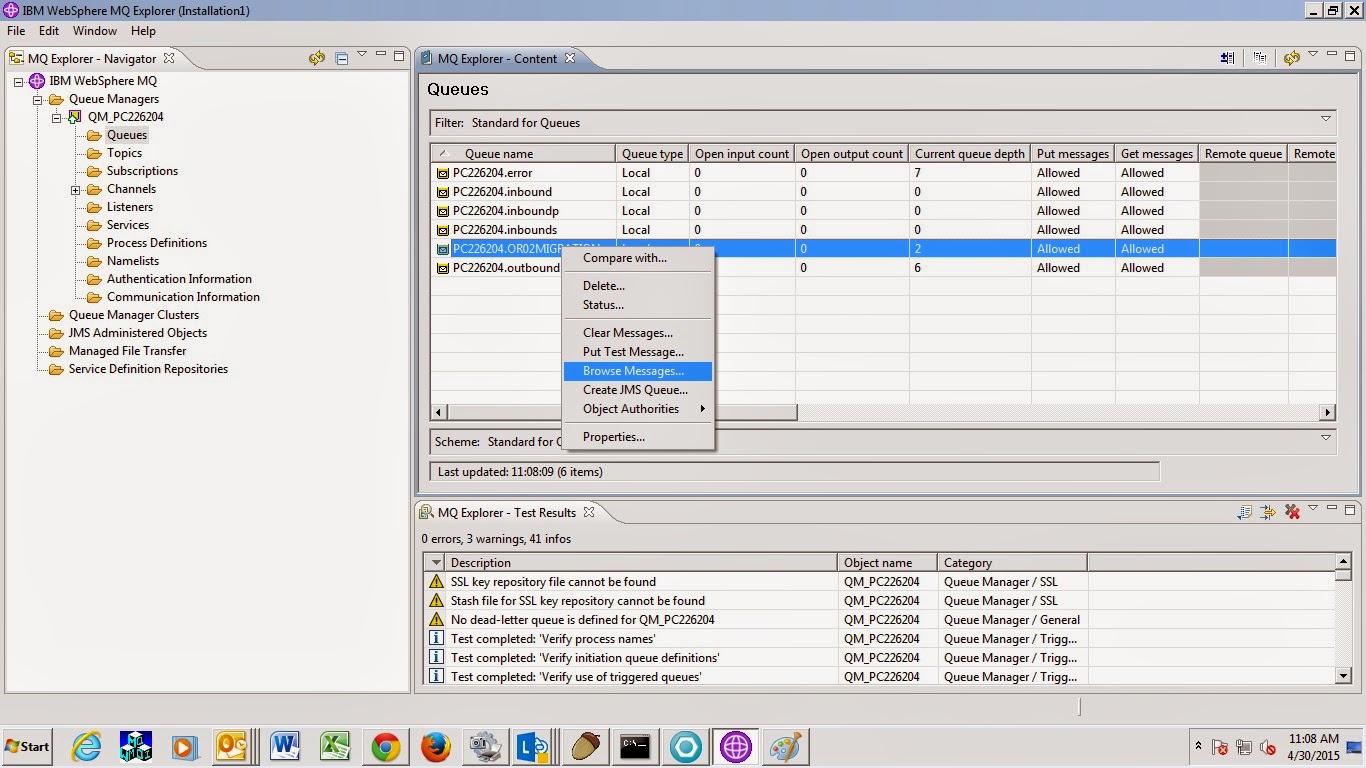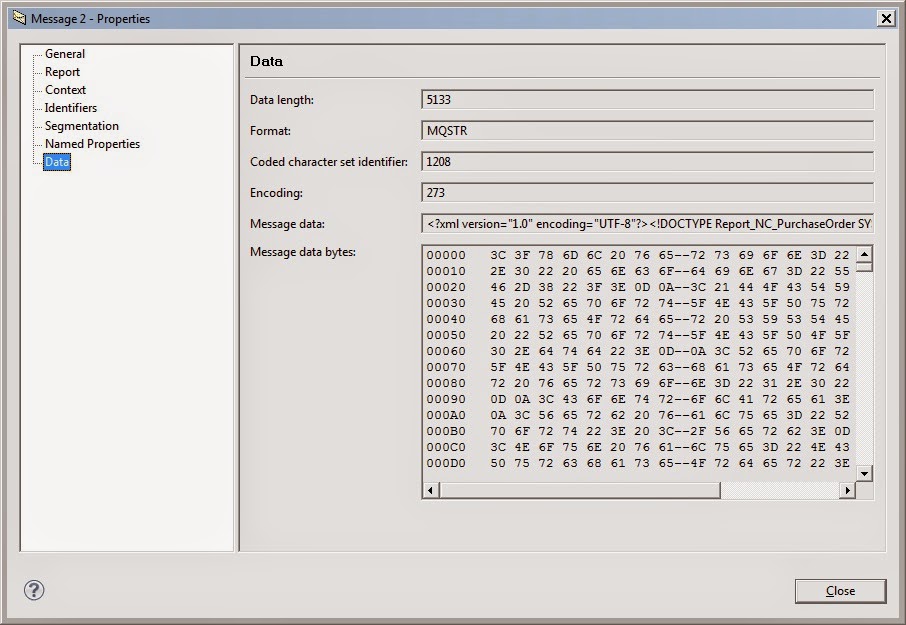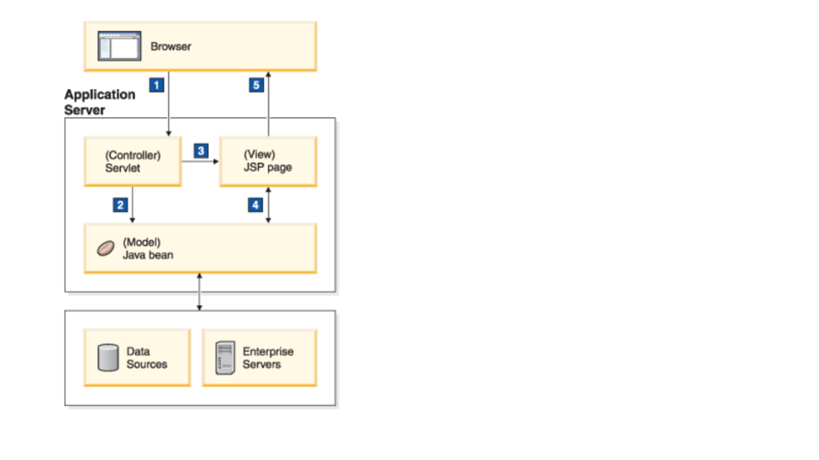Problem : 00000046 CommerceSrvr E com.ibm.commerce.messaging.outboundservice.Messaging compose(String,CommandContext,TypedProperty) CMN8423E: Messaging system. The composer encountered the following error: Command not found: "XYZView"..
Solution :
Solution is bit weired but it worked for me : The new message type created in Websphere admin console need to recreate. That mean just change device format to some thing else and finish. Again change back device format to required one. Hope it work :)
[4/30/15 8:23:34:580 BST] 00000046 CommerceSrvr E com.ibm.commerce.messaging.commands.SendMsgCmdImpl performExecute CMN0208E: Command "com.ibm.commerce.messaging.commands.SendMsgCmdImpl" failed to process. Error: Messaging system. The composer encountered the following error: Command not found: "XYZView"..
Correlation Identity: -1093f7ee:14d08b60dec:-78ce
Additional Data:
null
Current exception:
Message:
_ERR_EXEC_COMPOSE
Stack trace:
com.ibm.commerce.exception.ECSystemException: Messaging system. The composer encountered the following error: Command not found: "XYZView"..XYZView
at com.ibm.commerce.messaging.util.ExceptionThrowingHelper.throwException(ExceptionThrowingHelper.java:125)
Solution :
Solution is bit weired but it worked for me : The new message type created in Websphere admin console need to recreate. That mean just change device format to some thing else and finish. Again change back device format to required one. Hope it work :)
Device format should
be standard device format (Or) as per ur requirment. Also check whether you have a store specific XYZView
defined in struts-config.xml or struts-config-ext.xml.







.jpg)


